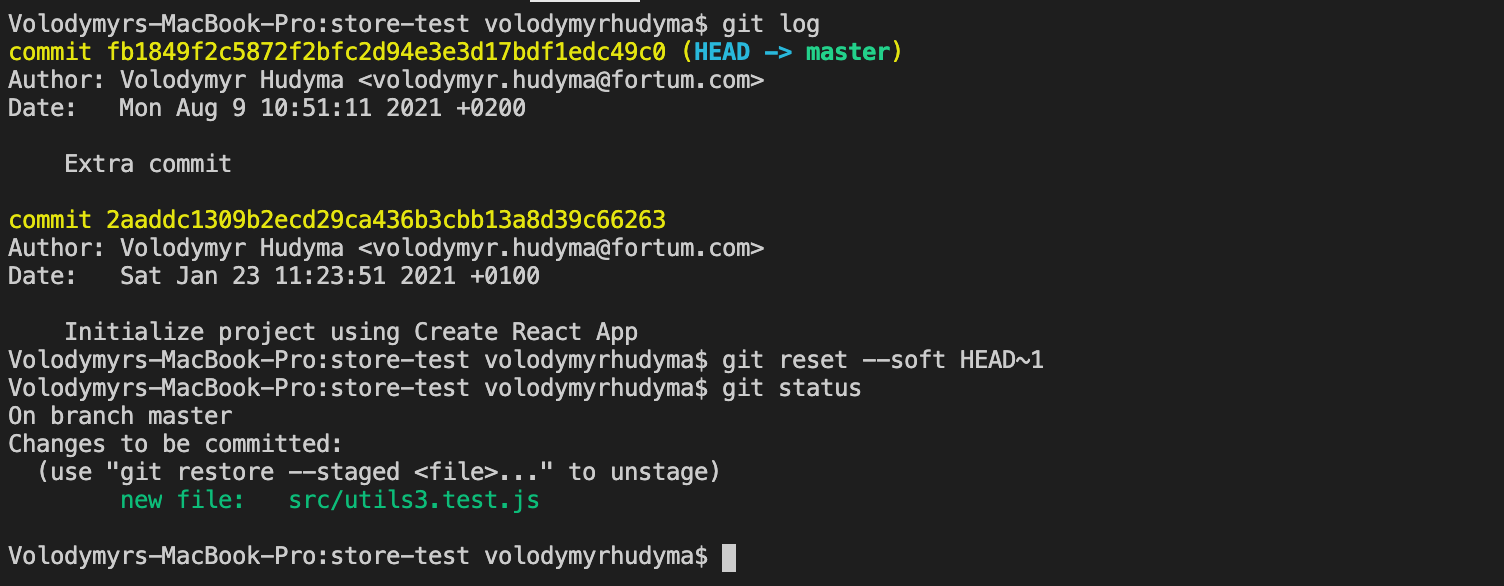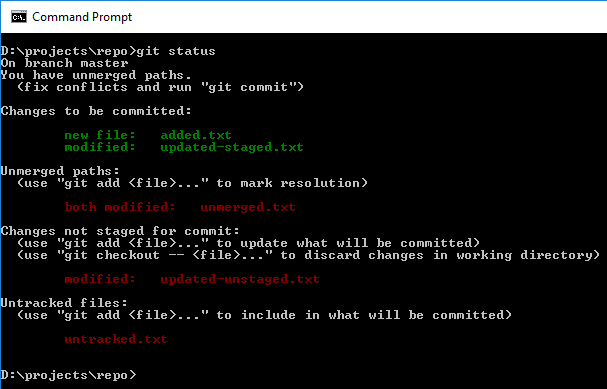

The most common correction to make is to the previous commit: you run git commit, and then realize you made a mistakeâperhaps you forgot to include a new file, or left out some comments. We will discuss techniques for editing a branched history in Chapter 10. Note that most of the techniques discussed in this chapter only make sense when the portion of history involved is linear that is, contains no merge commits. The extra step afforded by Git is crucial, though: by separating committing and publishing, it allows you to use version control freely for your own purposes as you work, then clean up your commits for public consumption before publishing them.
Git undo last push free#
You are free to delete or change your local commits as you please, and Git gives you the tools to do that publishing those commits is a separate action, via pushing to shared repository or asking others to pull from yours.Ĭhanging already published commits is awkward, of course, since it would cause others to lose history they already have Git will warn people pulling from you of that, and you might not even be allowed to push such changes to a shared repository. With Git, however, this is not a problem, since you are committing to your own private repository.

This makes undoing a commit problematic how do you retract a commit others have already checked out or merged? With centralized version control, committing and publishing a change are the same thing: as soon as you commit to the shared repository, others can see and start using your changes. This chapter is about undoing or correcting changes once youâve committed them. In Chapter 3, we discussed staging changes in the index for inclusion in the next commit.


 0 kommentar(er)
0 kommentar(er)
